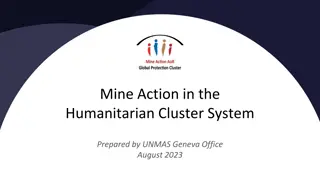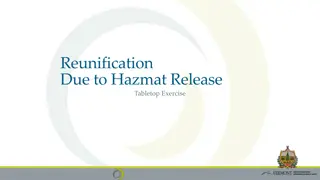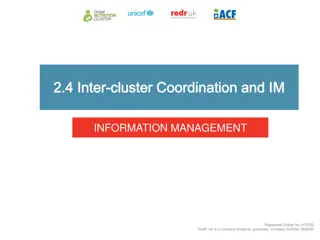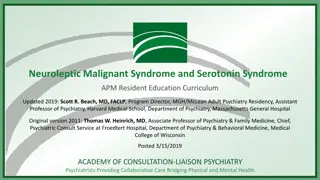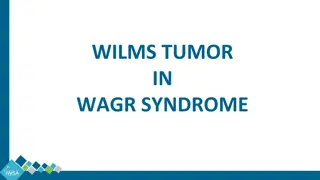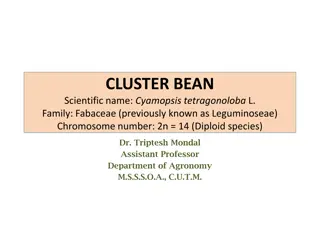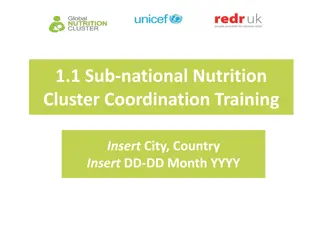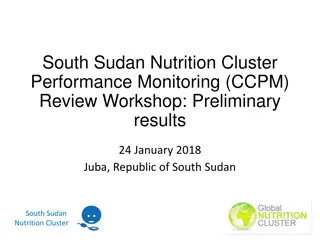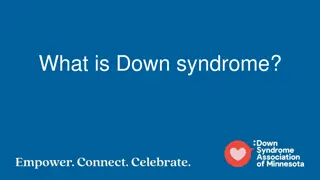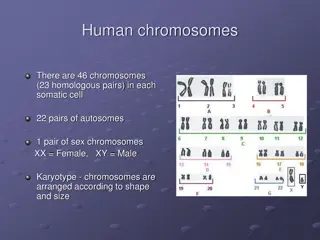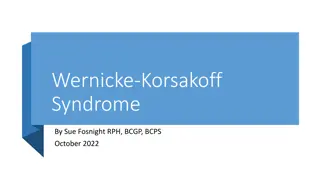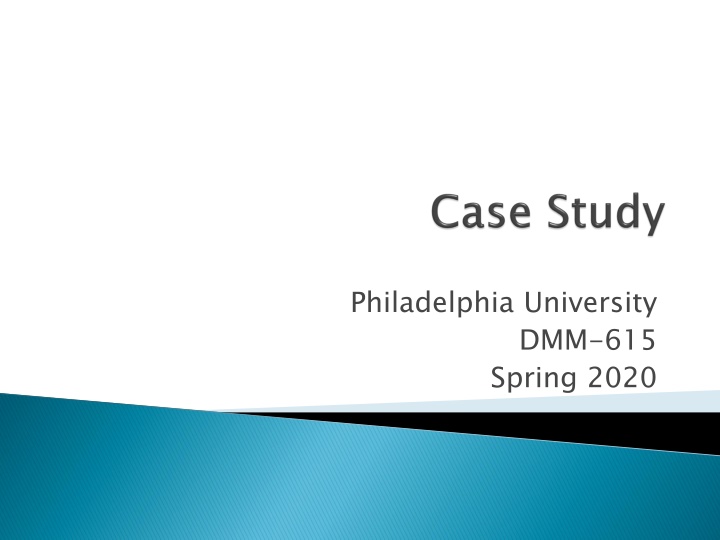
Managing a Health Crisis in a Co-Located Environment
This scenario delves into a health crisis unfolding in a co-located environment with a surge in complaints related to fever, headache, and cough. As the situation escalates, investigations reveal a common vector and implications for a hazardous material/WMD agent. Epidemiological surveillance and response strategies are explored in the face of increased hospital admissions and deaths in the affected area. The Emergency Operations Center's role in facilitating the response phase is also highlighted.
Download Presentation

Please find below an Image/Link to download the presentation.
The content on the website is provided AS IS for your information and personal use only. It may not be sold, licensed, or shared on other websites without obtaining consent from the author. If you encounter any issues during the download, it is possible that the publisher has removed the file from their server.
You are allowed to download the files provided on this website for personal or commercial use, subject to the condition that they are used lawfully. All files are the property of their respective owners.
The content on the website is provided AS IS for your information and personal use only. It may not be sold, licensed, or shared on other websites without obtaining consent from the author.
E N D
Presentation Transcript
Philadelphia University DMM-615 Spring 2020
You are co-located in your employment with the 911 dispatch center. Starting July 4th, you note that the dispatch center seems to be increasingly busy with complaints of fever, headache, and cough. About July 8th, the hospitals in an area of town that boasts an amusement park and picnic grove are on divert to EMS, as the activate their surge program internally.
An increase in requests for EMS from primary care providers is noted. Chest pain, cough, and hypoxemia are prevalent. Ventilators are in demand. The Department of Health has begun their investigation, and has requested CDC Epidemiological Intelligence Service Teams assistance, as several counties are now reporting similar syndromes
A large number of primary cases appear to have visited the amusement park during the hot summer days around July 4. Most have acknowledged using the cooling sprinkler during those visits. The nursing home in the same water district has experienced an increased hospital admission rate and moderate increased death rate Children and infirm residents in the same area are also common hospitalized patients.
1. What type of Hazardous Material/WMD agent might this scenario represent? 2. Epidemiological surveillance has identified a common vector . What might that be? 3. What agent might be implicated based on the clinical picture? 4. How could this syndrome be altered? 5. What would the EOC do to facilitate the response phase?
6. A team is dispatched to investigate your presumed sources. What protective strategies would you recommend? 7. What investigations , assessments , or instruments would you recommend?

